Curious Questions: Why do we as a nation put so much faith in lucky charms?
Horatio Nelson had one, as did Capt Cook and flying ace Douglas Bader. The British Army has several. Jeremy Hobson explores the effect of horseshoes, rabbit’s feet, mascots and other lucky charms.
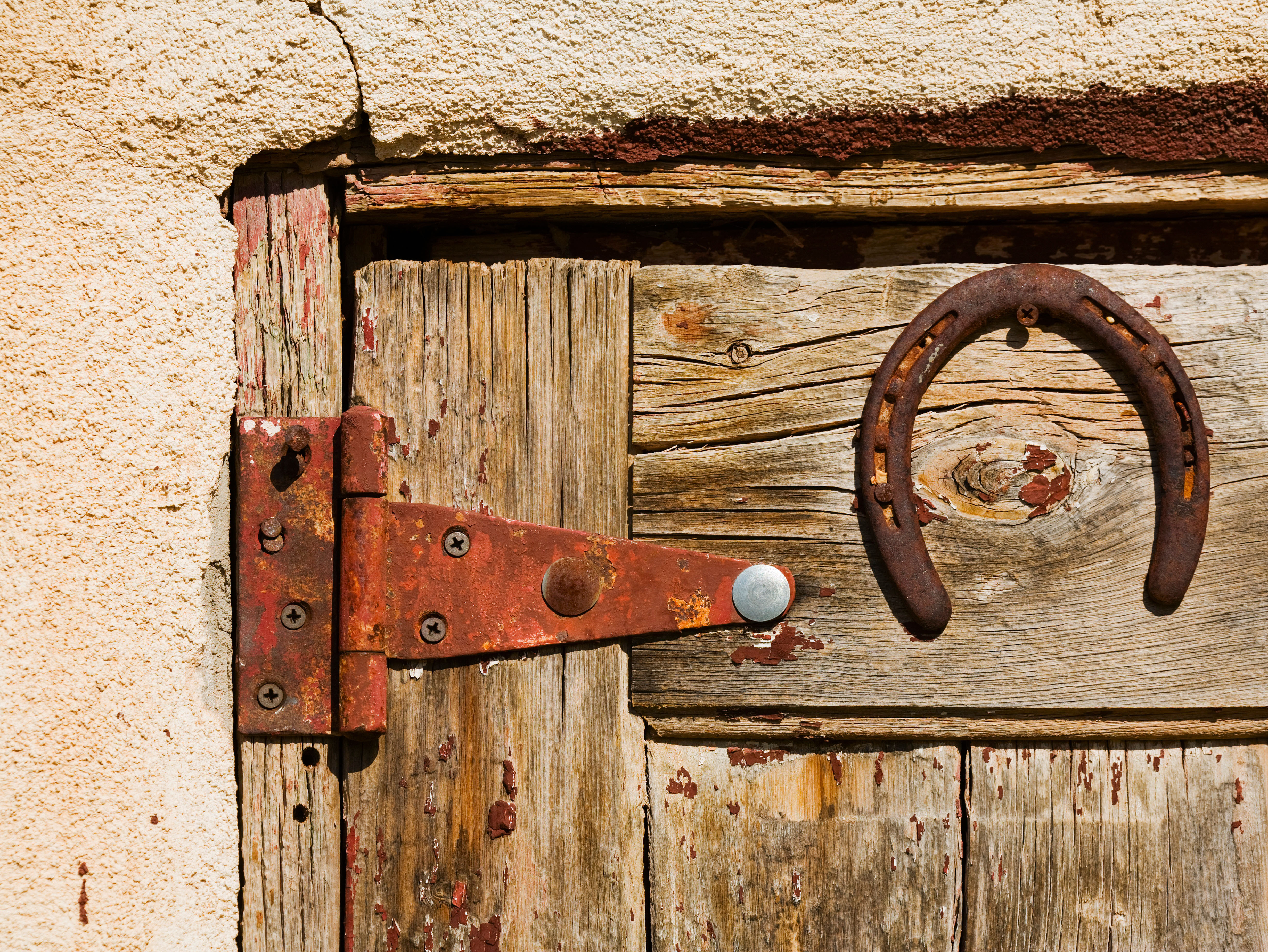

Shakespeare claimed that a ‘lizard’s leg and howlet’s wing’ created a ‘charm of powerful trouble’. Although it proved not to be such good news for Macbeth, more generally, charms and mascots traditionally protect their owner from harm and bring good luck.
Lucky mascots take many forms, from live animals to stuffed toys. Some charms are only considered lucky by the individual – a gift from a much-loved relative, perhaps, or a pair of shooting stockings guaranteed to make their wearer aim straight and true. Those more universally recognised can include an acorn (real or crafted from precious metal), a pendant of St Christopher or a rabbit’s foot kept in one’s pocket.
This is obviously less beneficial for the creature involved, but there has long been a tradition that carrying a rabbit’s foot will bring luck. This is thought to date back as far as the Celts – according to their beliefs, the fact that rabbits lived in burrows deep in the earth meant that they were in direct communication with the powerful spirits of the Underworld and could, therefore, influence fate and fortune.
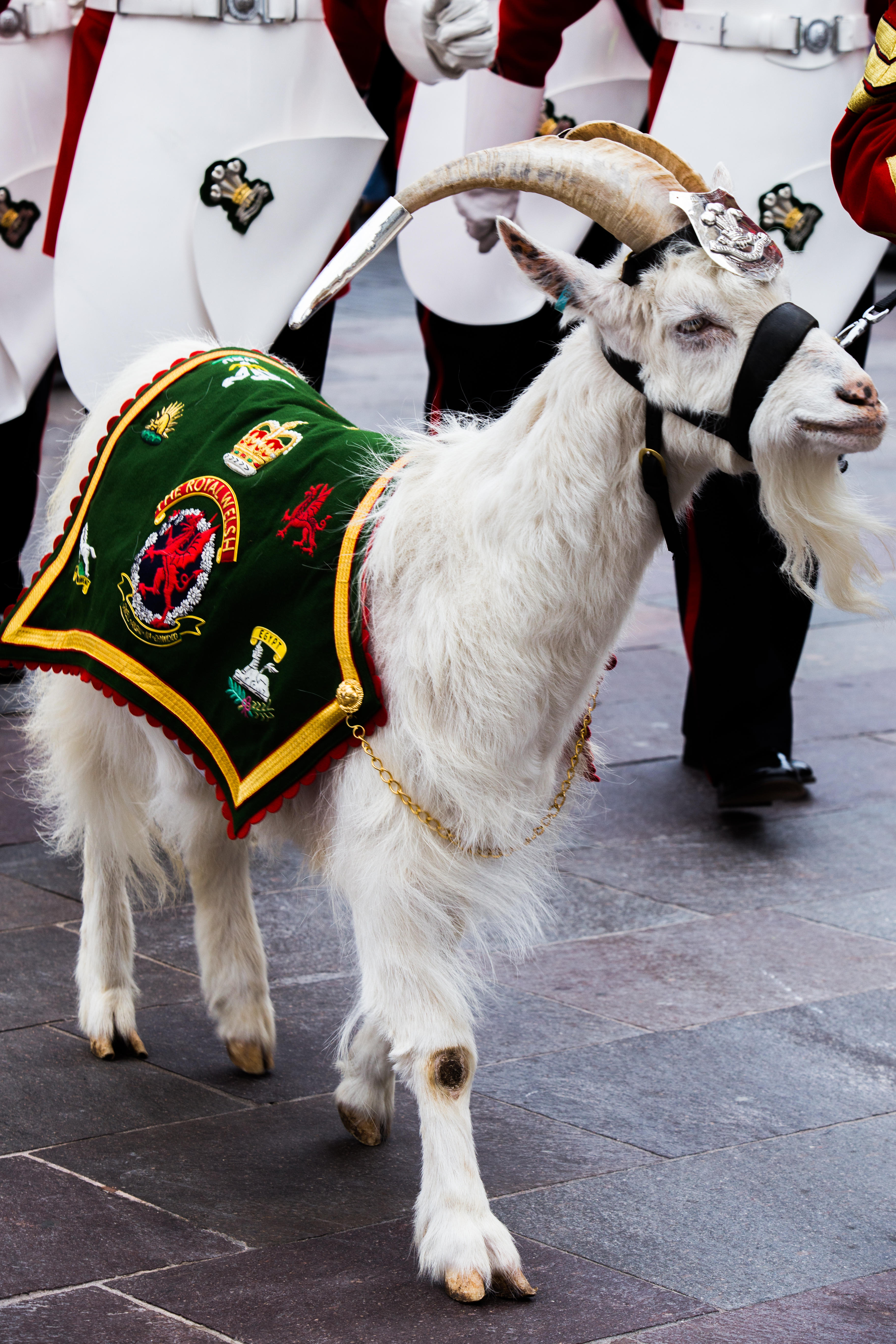
Rabbits are also connected to health and fecundity. By the 16th century, it was thought that carrying a rabbit’s foot around would ease the pain of arthritis and, should you be wishing for a son and heir to carry on the family name, to keep one about your person was said to be an aid to fertility.
An unsurprising connection, considering the fashion in which rabbits breed.
When Capt Cook famously voyaged to the Pacific aboard HMS Endeavour in 1768, he was in the company of scientists, naturalists, an astronomer, a botanist – and a goat. Unlike some of the crew, who succumbed to malaria, the goat survived the journey and was, on her return to England and retirement, apparently presented with an engraved silver collar to mark the occasion.
Goats appear elsewhere, too. The Royal Welsh has long had one as its mascot and other living, breathing regimental good-luck charms in the British Army include ponies, sheep, dogs (wolfhounds and terriers), an antelope and, in the case of the 1st Battalion The Yorkshire Regiment, two ferrets – although, technically, they aren’t recognised as official mascots, as they are considered more regimental pets.
Exquisite houses, the beauty of Nature, and how to get the most from your life, straight to your inbox.
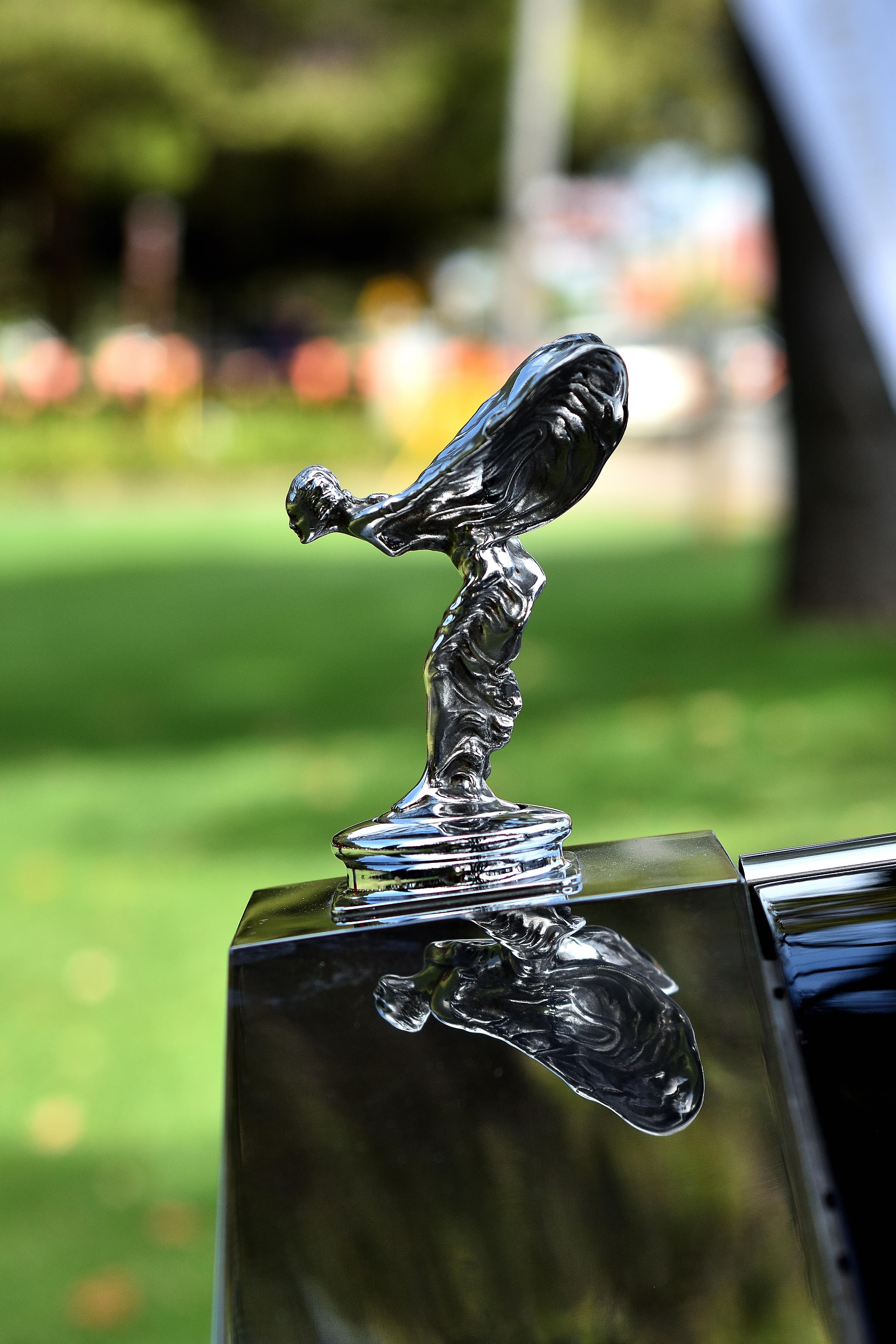
In the First World War, an RAF squadron kept a pet fox and Percy, a stuffed toy penguin, was the Second World War mascot of Flt-Lt Stan Chapman, accompanying him on all of his bombing operations. Hit by flak over Berlin in 1944, both pilot and penguin were forced to bail out and spent the remainder of the conflict as prisoners of war.
Renowned flying ace Douglas Bader had a similar mascot, a straw-stuffed rabbit, but it reportedly lived in his MG sports car, rather than accompanying him on expeditions. After the Second World War, the pilot gave it to Madge Clapham, the daughter of a friend, and she kept it until her death in 2005. Her widower, Derek, then gave it to the airbase in Norfolk from which Bader had led many bombing sorties.
Further back, chariots belonging to Egyptian pharaohs have been discovered, adorned by the image of a falcon. The ornamentation was no doubt intended to bring good luck, as the god Horus took the shape of a falcon and offered protection to whomever chose it as an emblem. A falcon pendant found in Tutankhamun’s tomb holds the symbols of life and infinity in its talons.
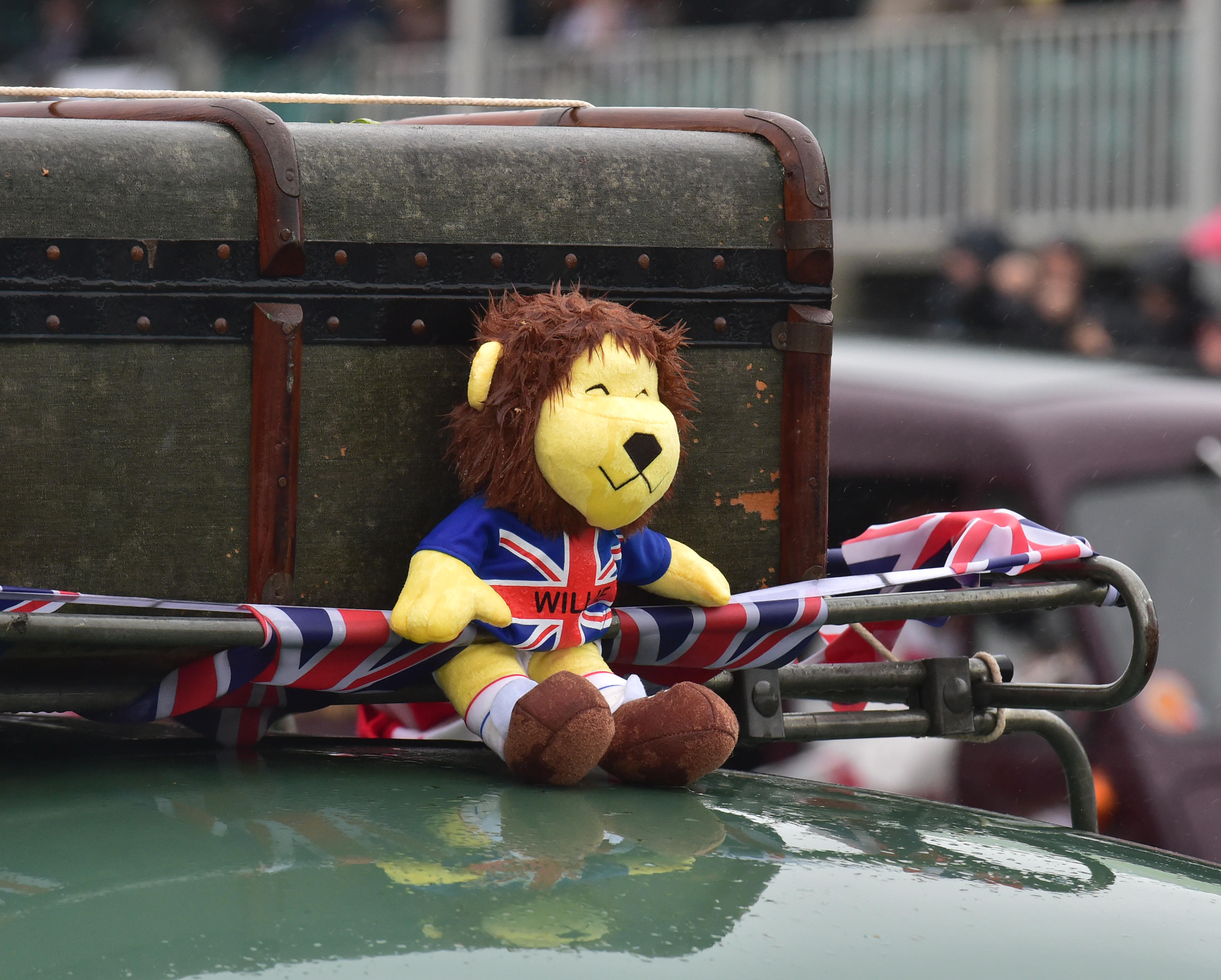
Perhaps these chariot-mounted mascots were the forerunners of those popular on car bonnets in the early part of the 20th century. Although some, such as Rolls-Royce’s famous Spirit of Ecstasy, depicted women in various poses (not to mention various states of undress), many more took the form of animals and birds.
Eagles, greyhounds, lions and, of course, leaping jaguars suggested speed and strength to the observer, but others, such as hares, running foxes, racehorses and hounds, indicated the likely interests of the car’s owner.
Selecting a lion (albeit a cartoon one), World Cup Willie, as its lucky mascot in 1966 certainly did the England World Cup team no harm. Since then, there’s been many a sporting mascot, both in caricature and human form. Many football clubs have a child mascot and some parents pay substantial amounts for the privilege. Others use the mascot of sponsors, usually a person in a costume.
The latter has led to the sport of mascot racing. Despite the often ridiculous costumes chosen, it’s taken surprisingly seriously and there have even been mascot Grand Nationals held at racecourses such as Huntingdon and Kempton Park.
In 2015, Wetherby was the venue for the Sue Ryder Mascot Cup, in which a record-breaking 131 mascots came under starter’s orders (125 finished) and attempted to run a 1km (0.6-mile) stretch of the course.
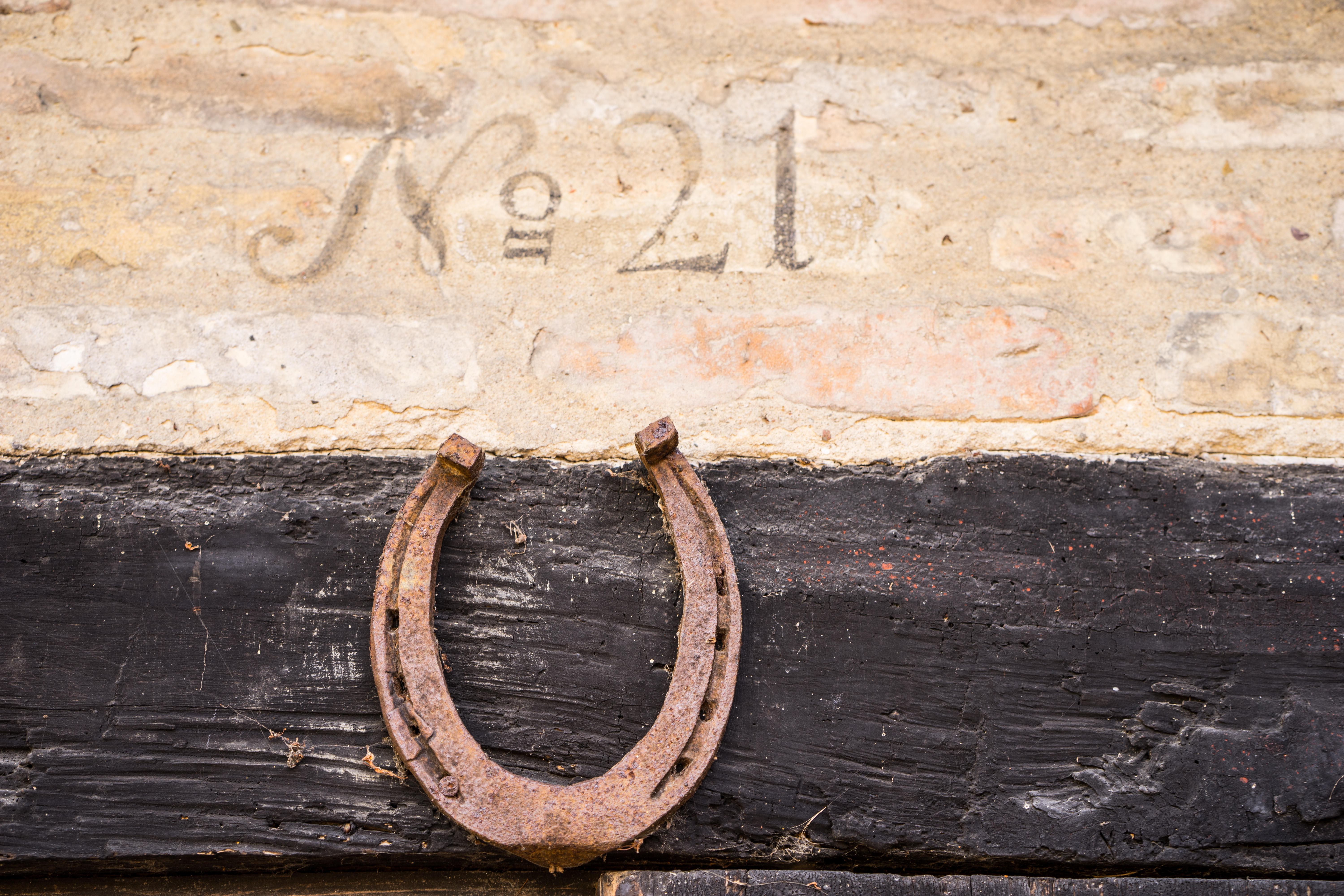
There’s no doubt that a small, tactile object, such as a special coin or lucky dice kept in the pocket, can be reassuring in worrying and stressful situations, but do mascots and charms work or is it merely a placebo effect? Apparently not – researchers have discovered that anyone who attaches importance to such things is likely to feel more confident and capable, boosting both mental and physical performance.
The horseshoe is, arguably, the best known of lucky charms. It’s commonly called into service for weddings and is regularly seen over the doorways of country buildings. Why?
According to legend, when the Devil asked St Dunstan to shoe his cloven hooves, the not-so-saintly saint purposefully hurt him and, in exchange for mercy, the Devil promised never again to enter any place where a horseshoe is displayed.
The Devil might be prevented from entering buildings by such measures, but the same can’t be said of witches. However, according to country folklore, sleepless nights can be avoided by the judicious use of a horseshoe taken from the hoof of a two-year-old filly. Placed in or near a churn, it will apparently ensure that any passing witches touch nothing, thus relieving any anxiety about having milk and butter for breakfast.
On the other hand, it’s believed that Admiral Nelson had a horseshoe nailed to the foremast of HMS Victory – and look what good it did him.
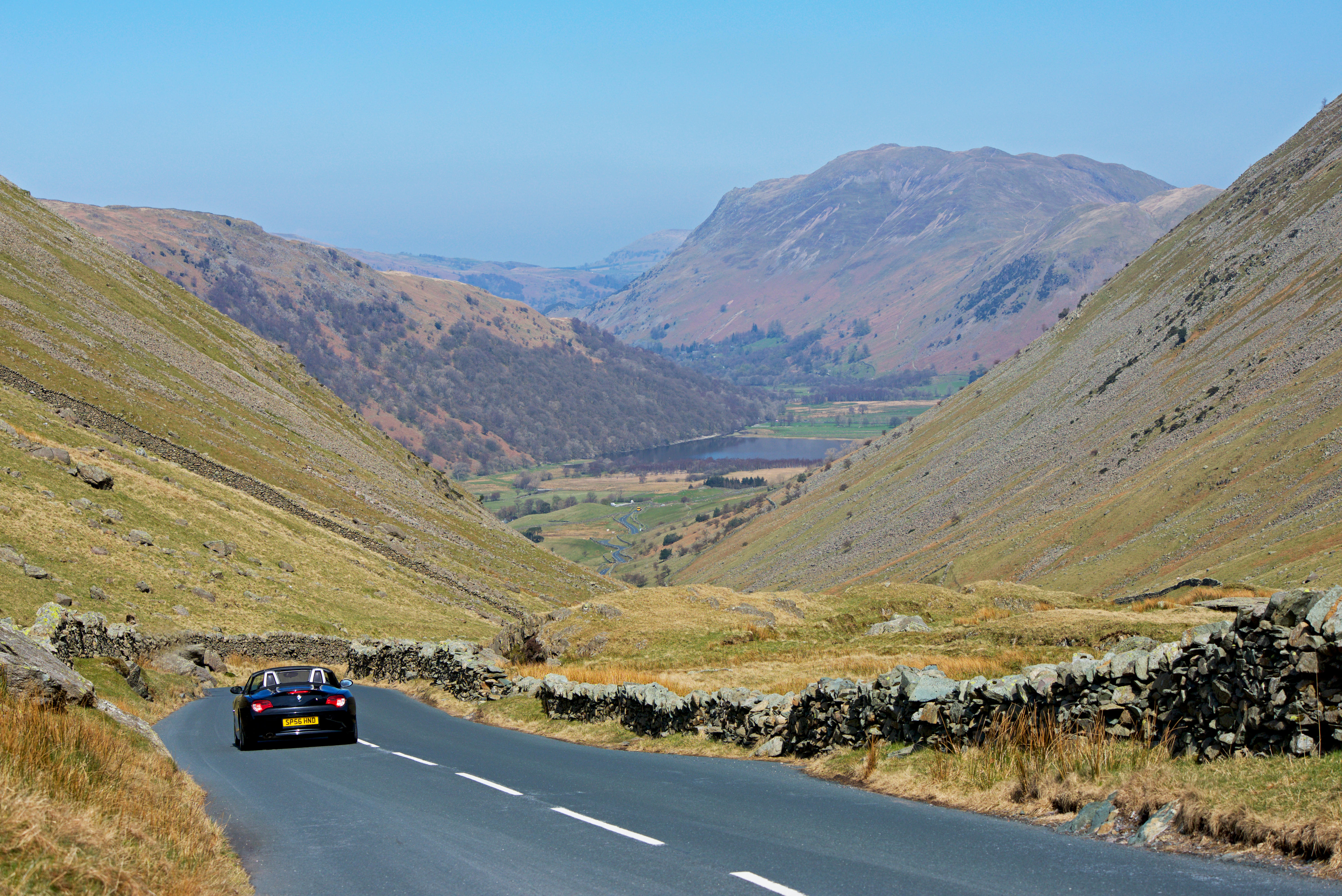
Curious Questions: Why do the British drive on the left?
The rest of Europe drives on the right, so why do the British drive on the left? Martin Fone, author
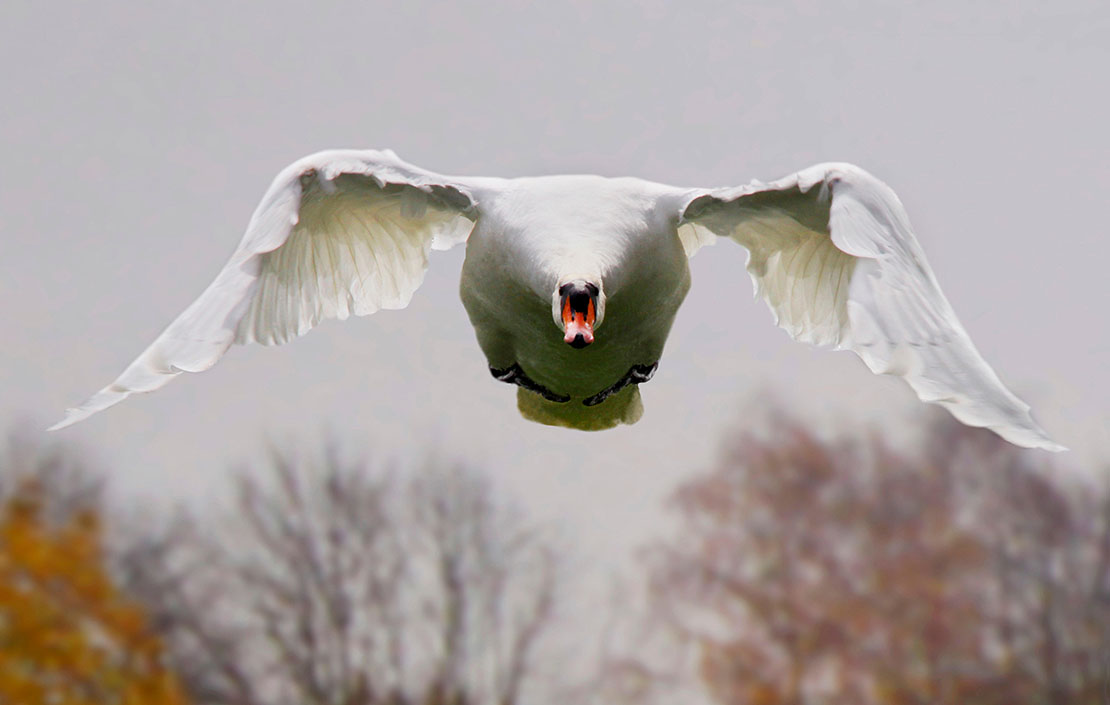
Curious Questions: Can a swan really break your arm?
We’ve all heard the famous old wives' tale – but is there any truth to it, or is it merely
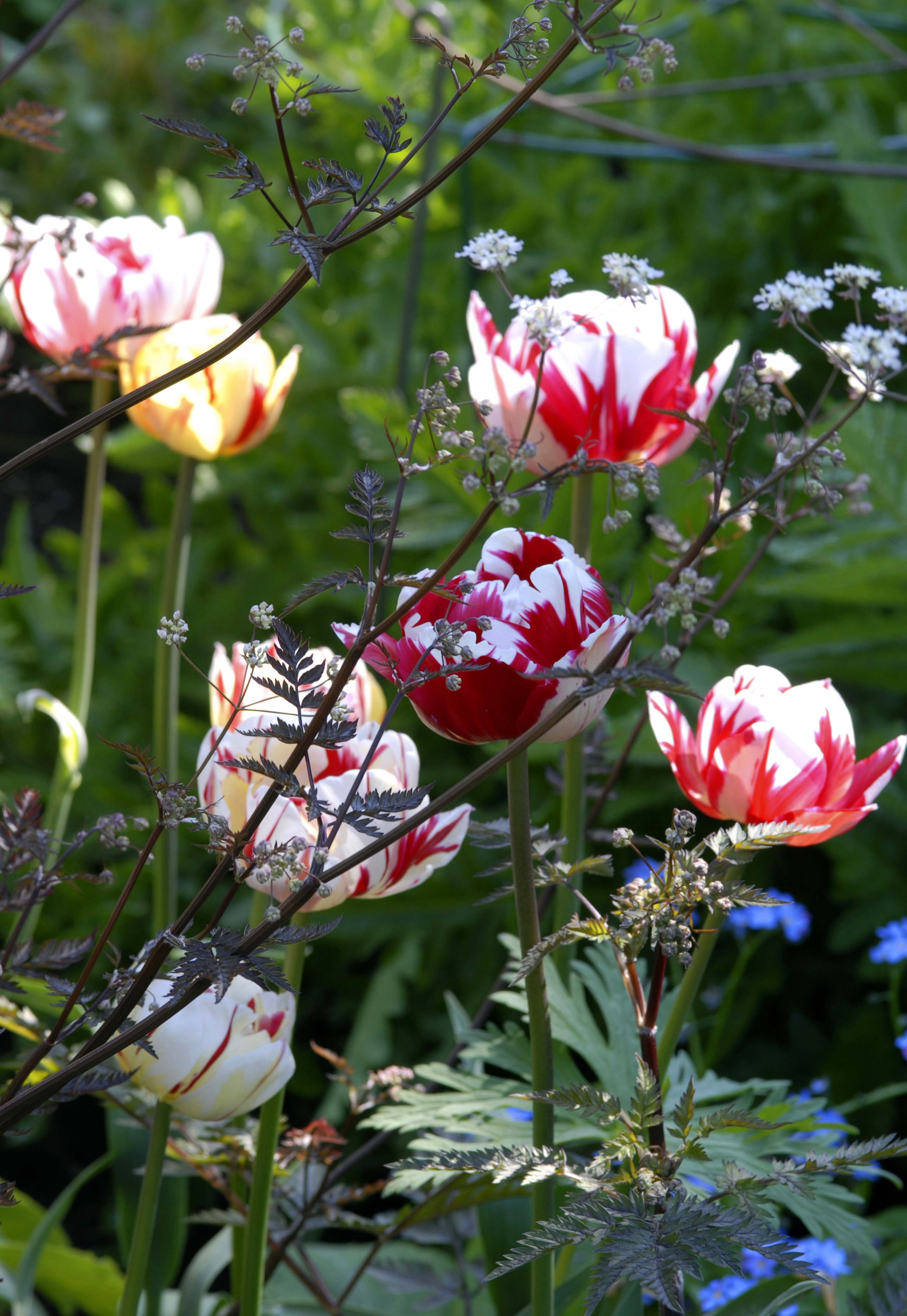
Curious Questions: What caused Tulipmania?
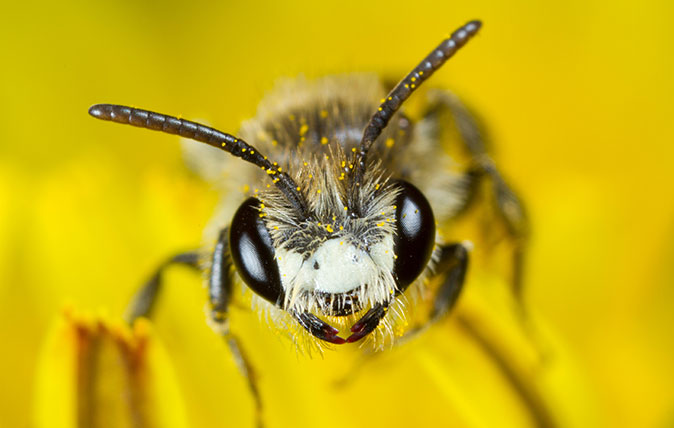
Credit: Alamy
Curious Questions: Are bees really busy?
We've all used the phrase 'busy as a bee' – but is it justified? Or are bees just as liable
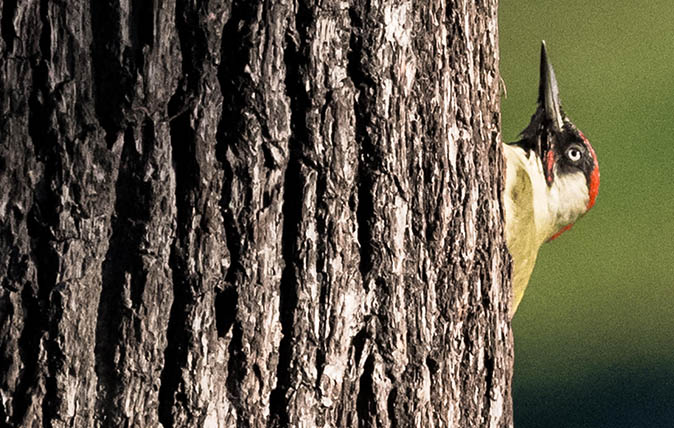
Curious Questions: Why don't woodpeckers hurt their heads?
Woodpeckers submit their poor heads to punishment which would devastate most creatures, yet as far as we know they fly
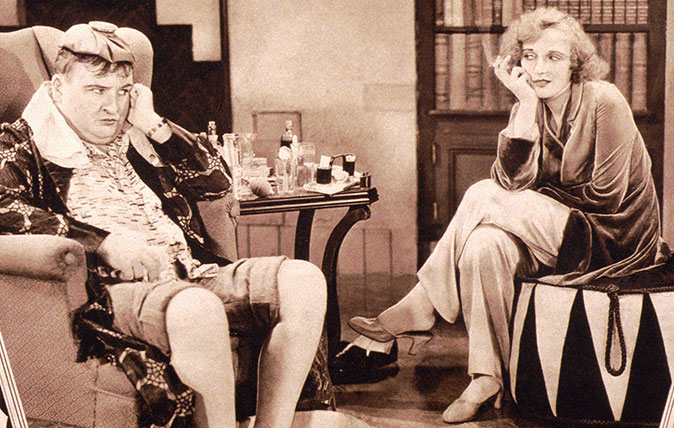
Curious Questions: What is the perfect hangover cure?
If there's a definite answer, it's time we knew. Martin Fone, author of 'Fifty Curious Questions', investigates.
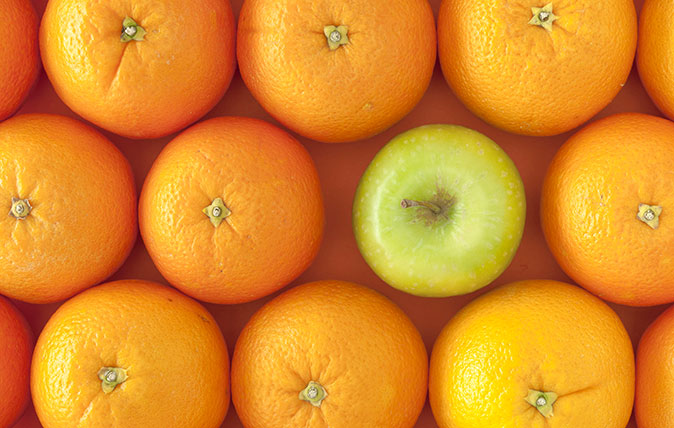
Credit: apples and oranges Photo by Best Shot Factory/REX/Shutterstock
Curious Questions: Can you actually compare apples and oranges?
It's repeated so often these days that we've come to regard it as a truism, but are apples and oranges

Credit: Alamy Stock Photo
Curious questions: Do dogs like listening to music?
As a nation of dog lovers, we’ve already seen home-cooking for canines, ‘pup cakes’ and Pawsecco. Now, we’re composing music
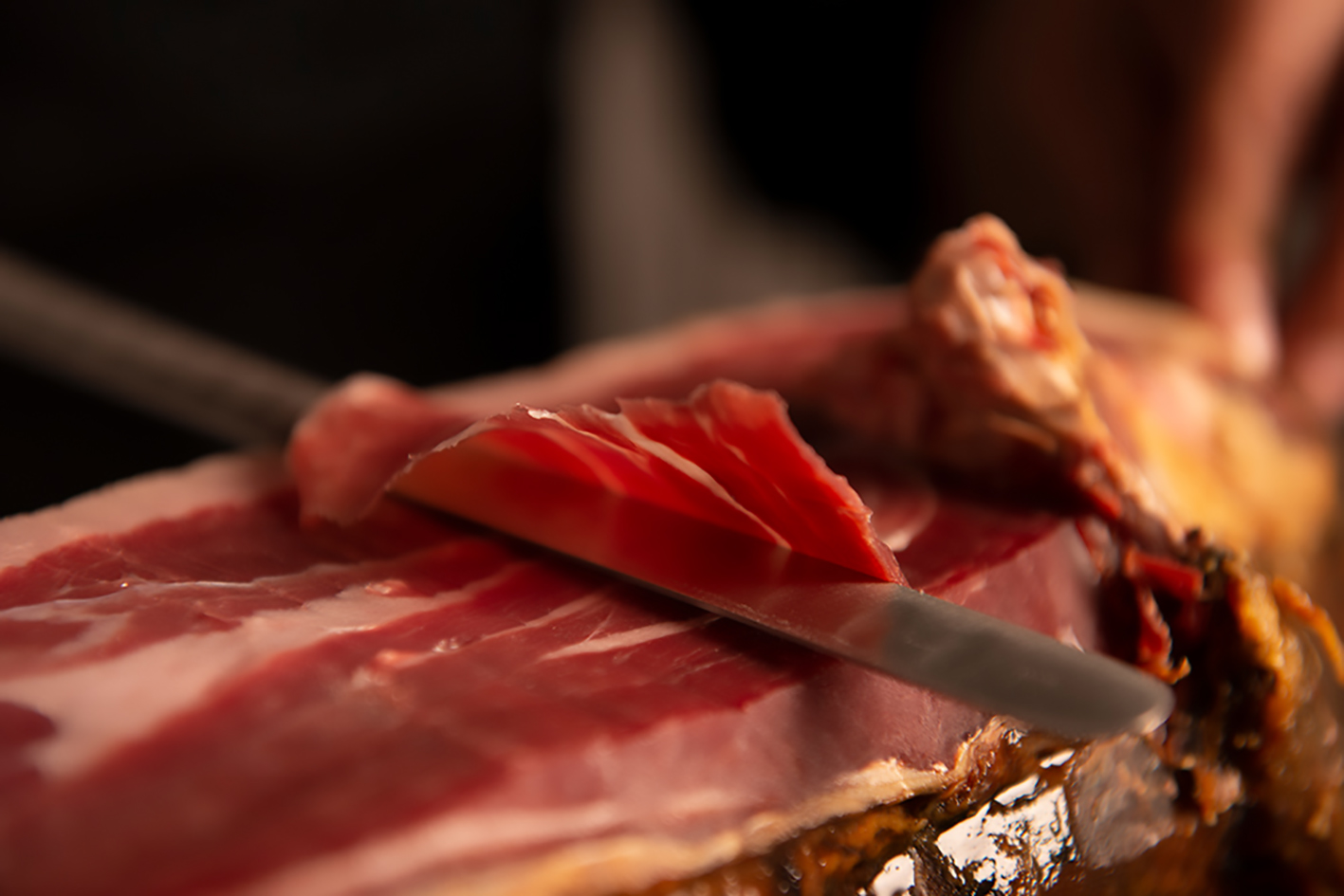
Credit: Jamon Iberico
Curious Questions: Do delicious hams from little acorns grow?
Jamón Iberico is undeniably delicious – and undeniably pricey. Martin Fone took a trip to Spain to find out how it
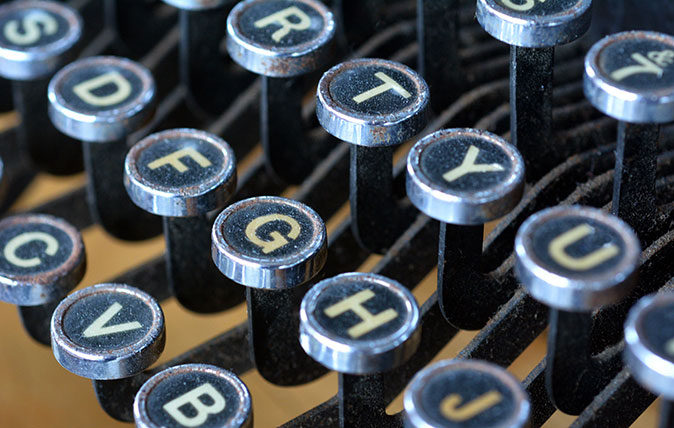
Credit: Rex
Curious Questions: Why do we still use the QWERTY keyboard?
The strange layout of keyboards in the Anglophone world is as bafflingly illogical. Martin Fone, author of 'Fifty Curious Questions',
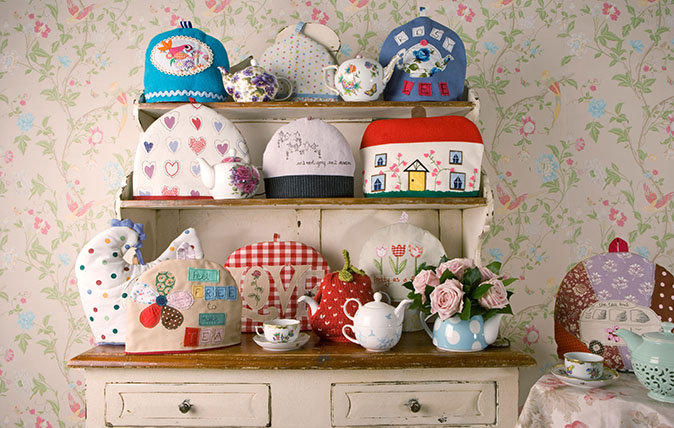
Curious Questions: Has the tea cosy gone forever?
Is it all over for the once ubiquitous tea cosy? Debora Robertson investigates.
Country Life is unlike any other magazine: the only glossy weekly on the newsstand and the only magazine that has been guest-edited by His Majesty The King not once, but twice. It is a celebration of modern rural life and all its diverse joys and pleasures — that was first published in Queen Victoria's Diamond Jubilee year. Our eclectic mixture of witty and informative content — from the most up-to-date property news and commentary and a coveted glimpse inside some of the UK's best houses and gardens, to gardening, the arts and interior design, written by experts in their field — still cannot be found in print or online, anywhere else.
